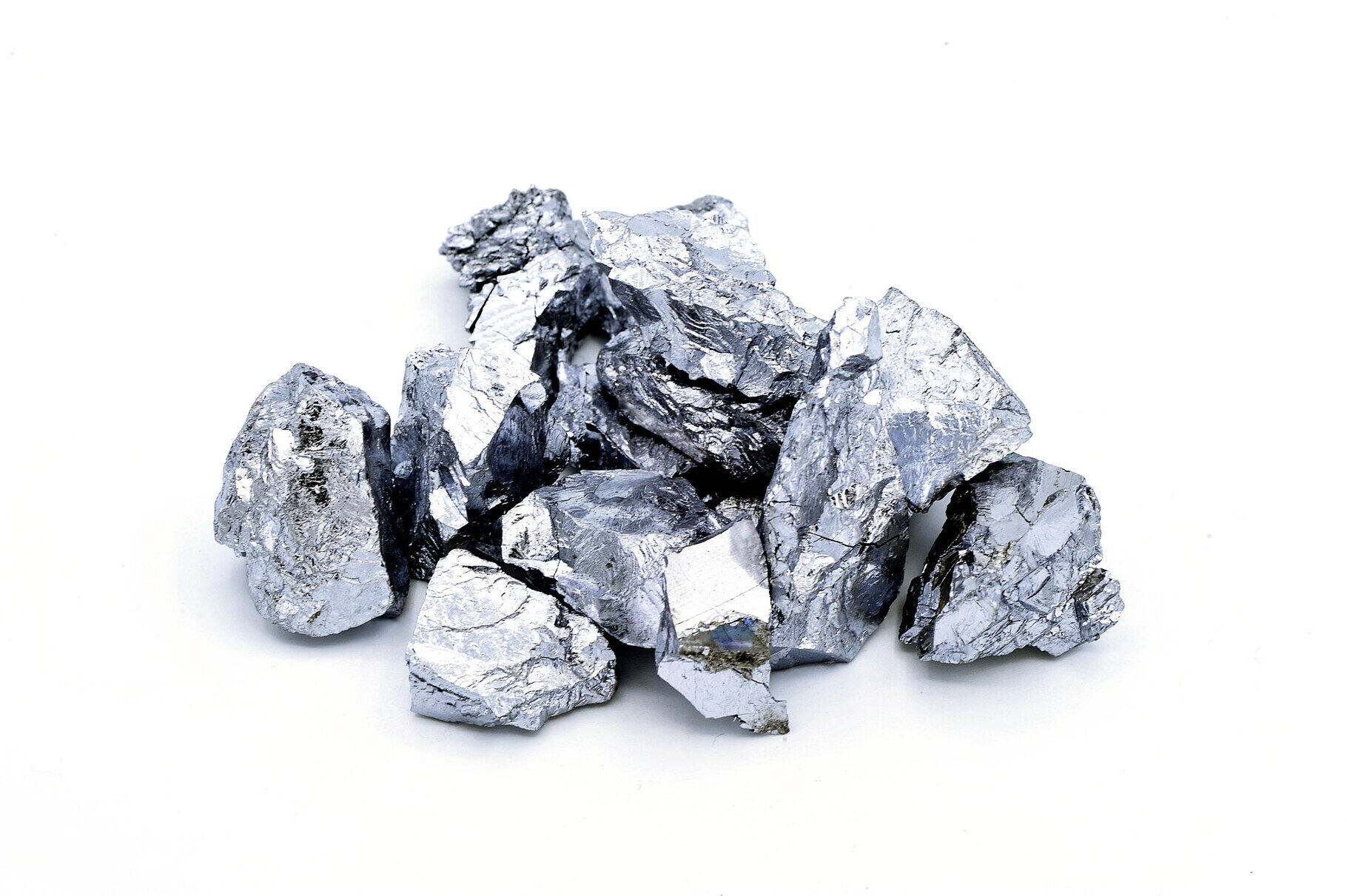
Chromium is a fascinating element with a shiny, metallic allure. But what makes it so special? Chromium is not just about its dazzling appearance; it plays a crucial role in various industries and even in our bodies. From the gleaming chrome plating on cars to the essential trace element in our diet, chromium has a wide range of applications. Did you know that this element can help stabilize blood sugar levels? Or that it’s used in making stainless steel resistant to corrosion? Let’s dive into 21 intriguing facts about chromium that will leave you amazed and informed.
What is Chromium?
Chromium is a fascinating element with a wide range of uses and properties. It's not just a shiny metal; it has a significant role in various industries and biological processes. Let's dive into some intriguing facts about this versatile element.
-
Chromium's Symbol: The chemical symbol for chromium is Cr. This symbol is derived from the Greek word "chroma," meaning color, due to the many colorful compounds it forms.
-
Atomic Number: Chromium has an atomic number of 24. This means it has 24 protons in its nucleus.
-
Discovery: Chromium was discovered in 1797 by the French chemist Louis-Nicolas Vauquelin. He found it in a mineral known as crocoite.
-
Appearance: Pure chromium is a silvery, lustrous metal. It is known for its high polish and resistance to tarnishing.
Chromium in Nature
Chromium is not just found in laboratories; it occurs naturally in the environment. Here are some facts about its natural occurrence.
-
Abundance: Chromium is the 21st most abundant element in the Earth's crust. It is primarily found in the form of chromite ore.
-
Chromite: The main source of chromium is chromite (FeCr2O4). This mineral is mined extensively for industrial use.
-
Geographical Distribution: Major chromite deposits are found in South Africa, Kazakhstan, India, and Turkey. These countries are the leading producers of chromium.
-
Biological Role: Chromium is an essential trace element for humans. It plays a role in the metabolism of carbohydrates, fats, and proteins.
Industrial Uses of Chromium
Chromium's unique properties make it invaluable in various industries. Let's explore some of its key applications.
-
Stainless Steel: One of the most well-known uses of chromium is in the production of stainless steel. Adding chromium to steel makes it resistant to rust and corrosion.
-
Electroplating: Chromium is widely used in electroplating to provide a shiny, protective coating on metals. This process is commonly seen in car parts and household fixtures.
-
Pigments: Chromium compounds are used to produce vivid pigments. For example, chromium oxide gives a green color, while lead chromate produces a bright yellow.
-
Refractory Material: Due to its high melting point, chromium is used in refractory materials that can withstand extreme temperatures. These materials are essential in furnaces and kilns.
Health and Safety
While chromium has many beneficial uses, it also has some health and safety considerations. Here are some important facts to know.
-
Chromium-6: Hexavalent chromium, or chromium-6, is a toxic form of the element. It is known to cause cancer and other serious health issues when inhaled or ingested.
-
Occupational Exposure: Workers in industries such as welding, electroplating, and leather tanning are at risk of chromium exposure. Proper safety measures are crucial to protect their health.
-
Dietary Supplement: Trivalent chromium, or chromium-3, is considered safe and beneficial. It is often included in dietary supplements to help regulate blood sugar levels.
-
Environmental Impact: Chromium pollution can have severe effects on the environment. Contaminated water and soil can harm wildlife and ecosystems.
Fun and Lesser-Known Facts
Chromium has some quirky and lesser-known aspects that make it even more interesting. Here are a few fun facts.
-
Ruby Red: The red color of rubies comes from trace amounts of chromium. Without chromium, rubies would be colorless.
-
Space Exploration: Chromium is used in the aerospace industry for its strength and resistance to high temperatures. It helps build durable spacecraft components.
-
Historical Use: Ancient Chinese weapons, such as swords and crossbows, were coated with chromium to prevent rusting. This practice dates back to the 3rd century BC.
-
Chromium in Art: Artists have used chromium-based pigments for centuries. Chromium yellow was a popular color in the 19th century, used by painters like Vincent van Gogh.
-
Alloying Agent: Chromium is often used as an alloying agent to improve the properties of other metals. It enhances hardness, toughness, and corrosion resistance in various alloys.
Chromium's Fascinating World
Chromium's unique properties make it a standout element. Its shiny appearance and resistance to tarnish make it a favorite in plating and alloys. Beyond its industrial uses, chromium plays a crucial role in human health. It helps regulate blood sugar levels and metabolism. Found in foods like broccoli and grape juice, it's essential for a balanced diet.
Chromium's history is just as intriguing. Discovered in the late 18th century, it quickly became vital in various industries. Its name, derived from the Greek word for color, reflects its vibrant compounds. From the green of emeralds to the red of rubies, chromium's influence is everywhere.
Understanding chromium's impact on both industry and health highlights its importance. This element, often overlooked, proves to be a true marvel of the periodic table.
Was this page helpful?
Our commitment to delivering trustworthy and engaging content is at the heart of what we do. Each fact on our site is contributed by real users like you, bringing a wealth of diverse insights and information. To ensure the highest standards of accuracy and reliability, our dedicated editors meticulously review each submission. This process guarantees that the facts we share are not only fascinating but also credible. Trust in our commitment to quality and authenticity as you explore and learn with us.


